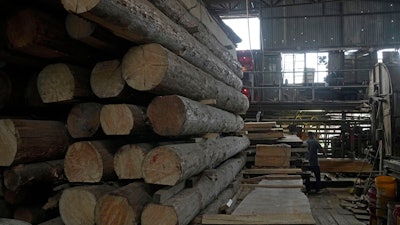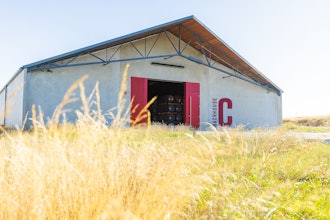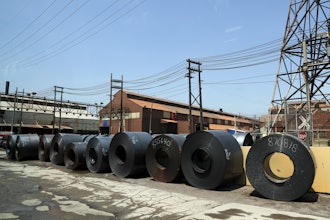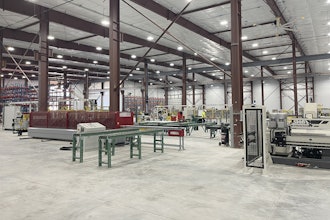
HONG KONG (AP) — Chi Kee Sawmill & Timber, Hong Kong’s last operating sawmill, has been processing timber in the city for 75 years.
Soon the family-run factory near the territory's border with mainland China might be forced to shut down as part of a development project: it received notice earlier this year that it had to vacate its current premises, which it has occupied for nearly four decades, to make way for a development project.
Hong Kong residents have been visiting Chi Kee to buy bits of the wood piled high up around the sawmill and collect a small piece of Hong Kong’s heritage.
According to the local newspaper South China Morning Post, Chi Kee was supposed to have left by June 30, but it has been unable to move because of the tons of timber remaining there.
Today, woodworking factories like Chi Kee have become a sunset industry in Hong Kong, now that mass-produced, imported furniture has become readily available. Most sawmills either have closed down or moved across the border into China, where manufacturing costs are cheaper.
The factory was set up in 1947, around the time when Hong Kong's woodworking industry began and the city became known for manufacturing furniture. It first was located on Hong Kong island but in the 1980s it moved to Kwu Tung, a rural area in the New Territories.
That area is slated for development under Hong Kong's Northern Metropolis plan.
It is a blueprint for developing land close to China’s border into an IT hub that could provide tens of thousands of jobs and homes in the densely populated city, the world's most expensive property market.
The plan also is meant to integrate Hong Kong, a former British colony with its own economy, more closely with neighboring Shenzhen, across the border.
“Back then, we thought that this was a remote area, it won’t be affected, but who knew that it’d become one of the most important areas for development?” said Wong Hung-kuen, Chi Kee Sawmill & Timber's director.
“So we need to hand it over to our country because the land belongs to the country. We just hope to get some assistance and sympathy from the government,” said Wong, who gave up on a dream of turning the sawmill into a museum.
Hong Kong's Development Bureau, which is in charge of the city's urban planning, said in a statement that Chi Kee Sawmill & Timber was notified it would need to leave in the second half of 2021, but that was extended to the end of June 2022, “which should have left sufficient time for the operator to arrange removal and if necessary relocation.”
Chi Kee was offered land compensation, compensation for disruptions caused by the development project and assistance with planning, it said.
Although authorities have offered to help dispose of Chi Kee's leftover timber, Wong wants to turn it into products such as furniture, which he says would be less wasteful.
For now, it is unclear when Chi Kee will shut down for good.
Local conservationists like University of Hong Kong’s assistant professor Yu Ka-sing say that while the sawmill is appreciated by the public, it's hard to preserve it because it lacks any historical or architectural significance.
Still, those who have flocked to Chi Kee after hearing its days are numbered say it represents a part of Hong Kong’s heritage. Even a small piece of timber has become something to hold onto in a fast changing city.
Jones Kwong was among those visitors.
“I think it’s a pity. It’s the only one left in this traditional industry, and it’s going to be demolished soon,” Kwong said.






















